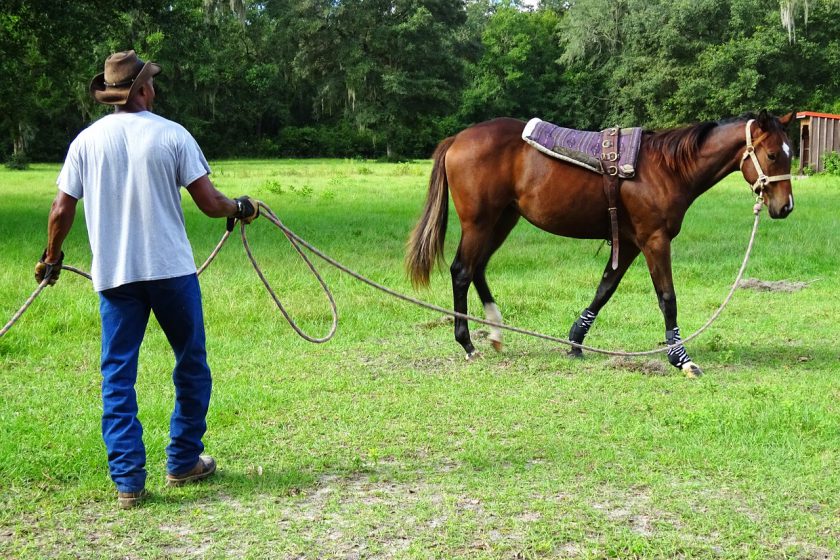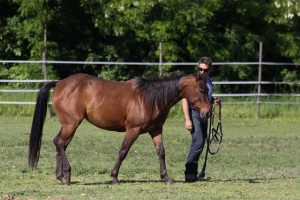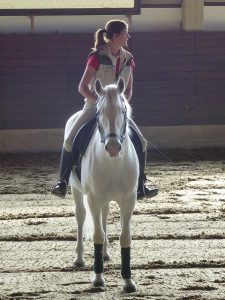
Horse Training Methods and Techniques
Horses are truly remarkable creatures, which spark a lot of interest, the William Hill Cheltenham offer being a piece of evidence for that claim. They communicate, listen, and understand what you want them to do. Every good dressage should start with that. However, it is you who must be aware of their intelligence, temperament, and physical qualifications.
It is Not About the Rules — It’s More About a Feeling
We may say there is no strict rulebook that will direct you to the right training methods. On the contrary, you need to adapt different approaches to all the facts above.

If you are lucky, you will meet many great trainers and equine connoisseurs in your life. Pay attention, and you will notice that not every one of them will follow the same method for each horse, nor will they give the same advice for different students. It is necessary to observe and listen carefully. Only then will you find the right method to train your horse.
One thing is certain — horses learn from the consequences. That’s why traditional horse training relies heavily on classical conditioning and operant conditioning. Using these two principles, the trainer rewards positive behavior and extinguishes or ignores negative behaviors in horses.
Main Horse Training Methods
We would like to describe some of the essential training methods in horse discipline via the following categories:

1) The traditional way of training, mostly based on punishment.
2) Science-based methods are based on rewards, bait use, clicker method, conditioning, and similar approaches.
3) Natural horsemanship is a technique related to the nature of the horse, experience, and intuition. Some well-known training techniques such as Parelli, Monty Roberts, or KFH belong here.
4) Classical Horsemanship is the nurturing of an academic riding school, with an appreciation of old-school master skills and the arts, like the famous school of Légèreté.
5) Balanced training, as the name implies, uses the methods of all the above training systems in a balanced relationship.
Of course, there are different opinions about the right technique. Some consider the traditional approach to be animal abuse, while others will never recognize “horse whispering” as a really effective method.
A Trainer Is More Important Than a Method
Remember, neither of these techniques will produce results with poor trainers. An experienced trainer will always prove that each of the methods is a good one. It is crucial to find a path where you can see your horse overcome barriers. Don’t be exclusive and dare to experiment. Include all those elements that produce positive results and vice versa. Combining different methods always creates the greatest results.

During the journey with your four-legged friend, get ready to hear many tips. They will also come from the much more experienced and respected people of the equine community. Some pieces of advice might not be wrong but they won’t help with your horse. So you should carefully choose which advice you should follow and which one you should ignore.
Horses love humans; they want to learn from them and please them. Again, each horse has a unique character. Some of them are hardly saddled and wild, while others are timid and distrustful. Use different methods, but never confuse them with constant changes. Teaching those animals requires patience, so you should give them the time needed to master every new lesson. Like humans, horses mature, change, and learn more with age.
